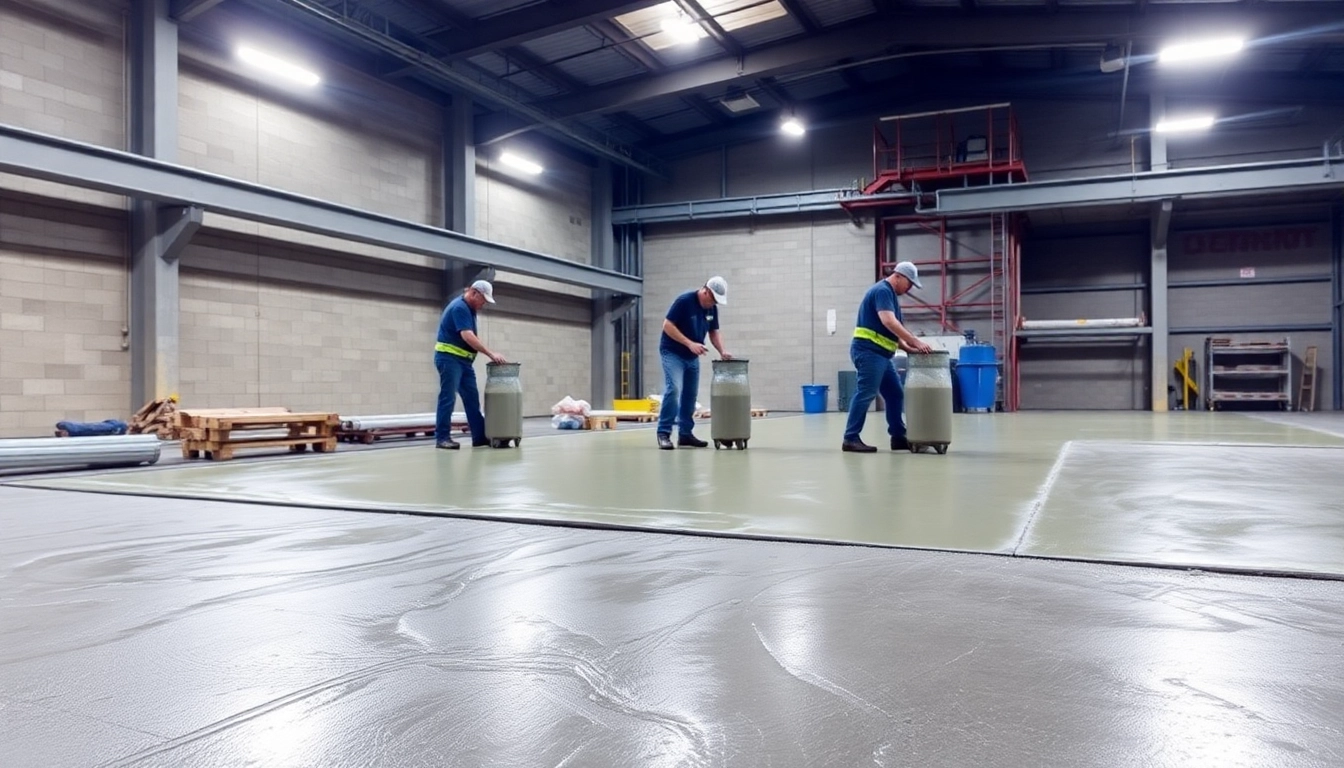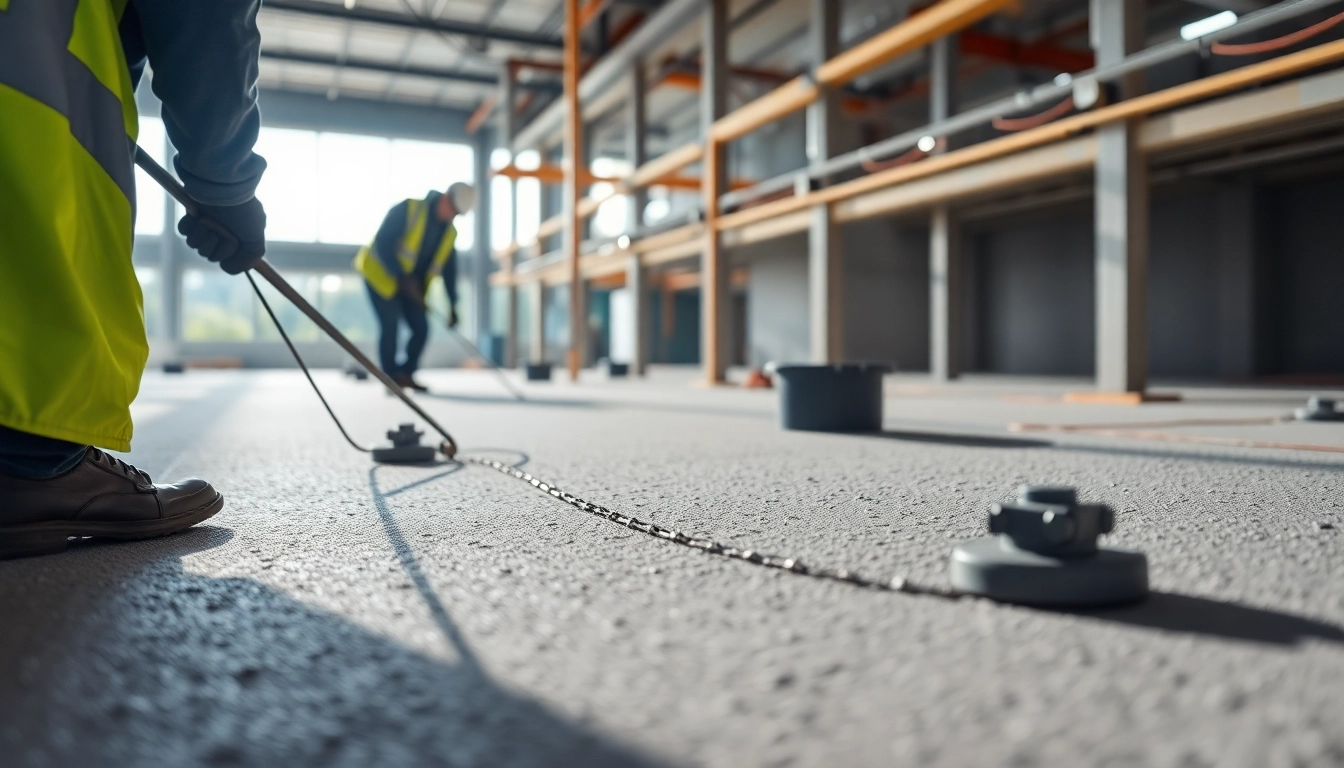Understanding the Importance of Chimney Repairs for Home Safety
Houses with traditional masonry or brick chimneys play a vital role in venting smoke, gases, and other combustion byproducts safely outside. However, over time, exposure to weather elements, wear and tear, and natural aging can cause significant damage that compromises both the efficiency and safety of your chimney. Neglecting chimney repairs can lead to serious issues such as chimney fires, exterior structural damage, and indoor air quality problems. Ensuring that your chimney remains structurally sound and operational is essential for the safety of your home and loved ones.
When considering chimney repairs, it’s crucial to understand the common issues that necessitate action, how to identify early signs of deterioration, and the risks associated with deferred maintenance. This comprehensive guide aims to provide homeowners with the knowledge needed to safeguard their property through timely, effective chimney repairs that comply with safety standards and industry best practices.
Common chimney issues that require repairs
Chimneys are exposed to diverse environmental conditions, which can lead to various problems over time. Some of the most common issues include:
- Cracks and Masonry Damage: Cracks within the brickwork or mortar joints are often caused by freeze-thaw cycles, settling, or moisture infiltration. These cracks can expand over time, weakening the chimney’s structural integrity.
- Repointing and mortar deterioration: The mortar that holds bricks together can erode or crack, leading to loose bricks or falling debris.
- Chimney Leaks: Water intrusion through cracked bricks, damaged flashing, or deteriorated flaunching can result in leaks, which accelerate deterioration and cause internal damage.
- Damaged or Obstructed Flues: Blockages from creosote buildup, nests, or debris can prevent proper ventilation, increasing fire risk and carbon monoxide buildup.
- Flaunching Damage: The cement around the chimney top can deteriorate, allowing water ingress and resulting in further damage to brickwork.
- Storm and Weather Damage: Severe weather, including storms, high winds, or falling branches, can dislodge bricks or damage the chimney crown.
- Chimney Cap and Crown Failure: Deteriorated caps or cracked crowns leave the chimney vulnerable to weather damage and debris blockage.
Addressing these issues promptly preserves the chimney’s functionality, aesthetic appeal, and most importantly, the safety of your home.
Signs your chimney needs immediate attention
Early detection of problems is crucial for effective repairs and prevention of more extensive damage. Homeowners should be vigilant for the following signs indicating their chimney may require urgent repair services:
- Cracks or holes in the masonry: Visible damage can indicate structural weakness, risking collapse or leaks.
- White or yellow staining on exterior bricks: Efflorescence points to water infiltration within the brickwork.
- Damaged or missing chimney cap: Critical for preventing water and debris entry, their absence increases deterioration risk.
- Interior smoke stains or soot buildup: Excessive buildup suggests poor draft or obstructions in the chimney flue.
- Unusual odors or creosote smell inside the house: Can signal creosote buildup or leaks in the flue.
- Animals nesting in the chimney: Birds or pests entering the flue can cause blockages or damage.
- Visible leaning or displacement: Indicates severe structural issues that need immediate reinforcement or repair.
If any of these signs are observed, engaging a professional chimney inspection and repair service is imperative to prevent further damage and ensure safe operation.
Risks of neglecting chimney maintenance
Ignoring ongoing maintenance and necessary repairs can have severe consequences:
- Fire hazards: Creosote buildup, cracks, and damaged masonry can ignite, causing devastating house fires.
- Carbon monoxide poisoning: Poorly maintained chimneys may leak exhaust gases back into the home, leading to dangerous exposure.
- Structural deterioration: Small cracks and leaks, if left untreated, can lead to collapsed sections, risking injury and costly rebuilds.
- Water infiltration damage: Water entering through cracks causes internal rot, mold growth, and damage to interior walls and ceilings.
- Decreased efficiency and higher energy bills: Blockages or leaks impair proper venting, reducing heating efficiency and increasing costs.
- Reduced property value: Visible damage or unsafe conditions lower the resale value and can complicate property transactions.
Timely, professional repairs are not just about aesthetics; they are essential safety measures that protect your investment and your loved ones.
Step-by-Step Guide to Effective Chimney Repair Procedures
Assessing damage and planning repairs
Before initiating repairs, a thorough assessment by a qualified chimney specialist is vital. This includes visual inspection and, often, the use of diagnostic tools like chimney cameras. The goal is to identify the extent of damage, pinpoint weaknesses, and determine the most appropriate repair techniques. An accurate assessment leads to an efficient repair plan, minimizes unnecessary work, and ensures repairs align with safety standards.
Choosing the right repair techniques for different issues
Different damage types require tailored repair approaches:
- Masonry repairs: Repointing, replacing damaged bricks, or rebuilding sections.
- Crack sealing: Filling cracks with high-temperature mortar or specialized sealants.
- Flaunching and crown repairs: Reline or rebuild the top cap, replace or restore flashing and crown.
- Waterproofing: Applying sealants or water repellents to prevent future ingress.
- Flue lining replacements: Installing new liners or relining existing ones for improved safety and efficiency.
Advanced repair techniques, such as electro-mechanical crack stitching or stainless steel relining, have been proven to extend the lifespan of your chimney significantly.
DIY vs professional chimney repairs: what to consider
While minor repairs like replacing a few loose bricks or clearing debris may be tackled by knowledgeable homeowners, most repairs require professional expertise. DIY efforts risk overlooking hidden damage, invalidating insurance, or causing further defects. Certified chimney specialists have the experience, tools, and adherence to safety regulations to perform repairs correctly, ensuring the longevity and safety of your chimney system.
Best Practices for Maintaining and Extending Chimney Longevity
Preventative maintenance routines
Regular inspections and maintenance are essential for extending the life of your chimney. These include:
- Annual visual inspections for cracks, mortar deterioration, and water damage.
- Cleaning out creosote buildup at least once a year if using a wood-burning stove or fireplace.
- Replacing or repairing flashing and flaunching as needed.
- Applying waterproof sealants to vulnerable masonry surfaces to reduce moisture ingress.
Maintaining proper ventilation and ensuring the chimney cap remains intact also help prevent water damage and pests buildup.
Seasonal inspections to catch problems early
Changing weather conditions, particularly in colder seasons, can accelerate damage. A winter inspection before heavy use and a post-winter check can identify issues early, saving costs and preventing dangerous failures. Inspection checklists should include altar-to-top assessments, interior checks, and flue inspections.
Using quality materials for durable repairs
Investing in high-quality, industry-approved materials such as refractory cement, stainless steel liners, and durable bricks ensures repairs last longer. Substandard materials may seem cost-effective initially but often lead to repeat repairs and higher costs over time.
Cost Factors and How to Budget for Chimney Repairs
Average repair costs in the UK
The cost of chimney repairs varies widely depending on the scope of work. Typical repairs such as repointing or patching can range from a few hundred pounds to over a thousand. Larger projects like chimney rebuilding or flue lining replacements can cost between £2,000 and £4,000 or more. For example, a minor crack repair may be priced around £300–£600, while a complete chimney rebuild could surpass £10,000.
Factors influencing repair expenses
- Extent of damage: More extensive damage requires more labor and materials.
- Type of repair needed: Structural rebuilds are costlier than simple repointing.
- Material costs: High-quality or specialized materials increase expenses.
- Accessibility: Chimneys in hard-to-reach locations may require scaffolding or extra equipment.
- Location: Regional prices and availability of skilled trades vary across the UK.
Getting accurate quotes and avoiding unexpected costs
Always solicit multiple quotes from reputable, vetted professionals. Ensure detailed estimates specify scope, materials, and timelines. Reliable contractors offer transparent pricing and warranty options, reducing the risk of unexpected charges later. The importance of working with trusted specialists cannot be overstated; they adhere to safety standards and deliver durable results, saving money in the long run.
Choosing Reliable Chimney Repair Services Near You
What to look for in a chimney repair specialist
Expertise, reputation, licensing, and insurance are non-negotiable criteria. Look for reviews and testimonials from previous clients, and verify professional accreditations. Experience in the local area ensures familiarity with regional challenges, such as specific weather-related issues or building codes.
Questions to ask before hiring a contractor
- Are you licensed and insured?
- Can you provide references or testimonials?
- What materials and techniques do you recommend?
- Do you offer written estimates and warranties?
- What is your estimated timeline for the project?
Benefits of working with local, vetted professionals
Local professionals are often more accessible, understand regional building codes, and can provide ongoing maintenance services. Vetted companies ensure quality work, adherence to safety standards, and reliable customer service, giving you peace of mind that your chimney is in expert hands.




